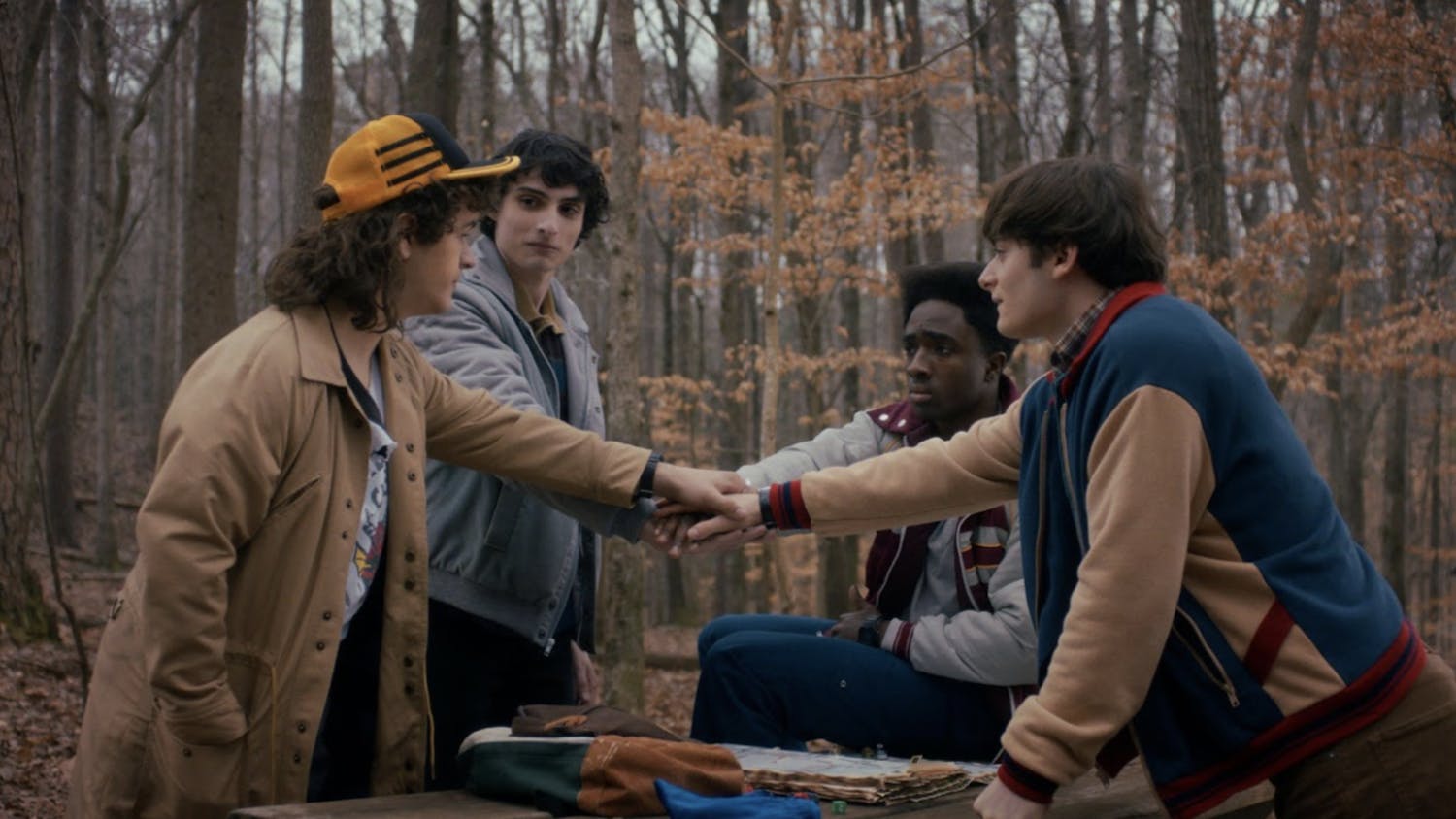By Michelle Lampariello
Managing Editor
In an effort to capitalize on children’s love for a classic slapstick routine, Sony’s “Peter Rabbit” was right on target — if the target was showing young children a textbook example of how to bully someone with a food allergy.
During a scene in which Peter Rabbit and his animal companions are attacking their enemy Mr. McGregor, the animals throw blackberries at him, knowing that he is allergic to the fruit. A berry lands in his mouth, and he begins to have an allergic reaction. McGregor then reaches for his EpiPen, and injects himself to alleviate his symptoms.

As an anaphylaxis survivor who is often anxious about how having a food allergy affects my health and safety, I am appalled.
I am baffled that after rounds of editing and testing, a scene that promotes endangering others, makes light of a life-threatening condition and depicts a scenario that can be deeply upsetting for children with allergies made it into the final version of the film.
I don’t need my personal experiences to know how serious anaphylaxis is. It seems like common sense to respect the dangers of a condition that has the power to close your throat and stop your heart. But for the team behind “Peter Rabbit,” allergies aren’t serious — they’re comical.
“Peter Rabbit” normalizes food allergy bullying, which one out of three kids with a food allergy experiences, according to Food Allergy Research & Education.
After a petition brought bullying concerns to Sony’s attention, the company issued an apology. However, any film advertised as a children’s comedy that makes some of its target audience anxious to go to school the next day needs more than an apology.
Instead of profiting off of the “comedic” allergic reaction scene, Sony should donate some of the film’s proceeds to FARE. These funds could be used for campaigns to prevent future bullying incidents, allow affordable access to epinephrine auto-injectors or contribute to research for a cure.
The argument that what happened to McGregor in the scene is excusable because he was able to quickly self-medicate is rooted in the misconception that an EpiPen is a magic wand that can stop any reaction — it can’t.
Even if epinephrine truly was an all-powerful antidote, the scene is still offensive to anyone who relies on the hormone to have some semblance of security.
Maintaining constant access to epinephrine is annoying enough for an adult, but for a young child, the idea of constantly carrying medicine that needs to be injected, not swallowed, in case of an emergency can be frightening and upsetting.
As some children sat in the theater with their EpiPen’s tucked safely in their mothers’ purses inches away, I can imagine their anxiety as McGregor struggles and has to inject himself with epinephrine to survive. Most young children burst into tears at the thought of getting a flu shot, never mind a needle with a looming presence in their daily lives in case of emergencies.
A children’s movie is supposed to be lighthearted and family friendly, and not include content that mocks a certain condition or disability. Would the blackberry scene have made it to theaters if Peter Rabbit and his friends were preying on an intellectual or physical disability of McGregor’s?
People with food allergies live relatively “normal” lives compared to other people with conditions that classify as disabilities, but just because allergies are not obvious does not mean they shouldn’t be taken seriously.
Children with allergies can’t be as carefree as their peers. They are constantly reading labels, or bringing food to a guardian to be checked for them. They will never be able to eat at certain restaurants, and will never know what some foods taste like. These children always have to pay close attention to their surroundings, and ensure that no one is touching or getting too close to them with an allergen.
These children are trained to protect themselves from the moment they receive a diagnosis. In some ways, they will not be able to have “normal” childhoods. But for a few hours, these children should be able to watch a movie that doesn’t mock their reality.
Anaphylaxis and allergies are seldom portrayed in a manner that is not offensive. Even some of my favorite shows, like “The Big Bang Theory” and “Parks and Recreation,” joke about allergic reactions — but these shows are marketed to adults, who should hopefully be able to recognize the gravity of allergies in real life.
Children who see “Peter Rabbit” may not understand that allergies are not to be joked about or ignored. Sony is welcoming the possibility of an increase in food allergy bullying by showing children an example of “the good guys” taking part in such reckless behavior.
People with allergies are not victims — we are survivors who live every day knowing that even if we do everything right, our kryptonite may still find its way onto our skin or into our mouths. Both adults and children with allergies deserve to be respected, or at the very least, deserve to go to the movies without seeing our biggest fear used to make people laugh.









